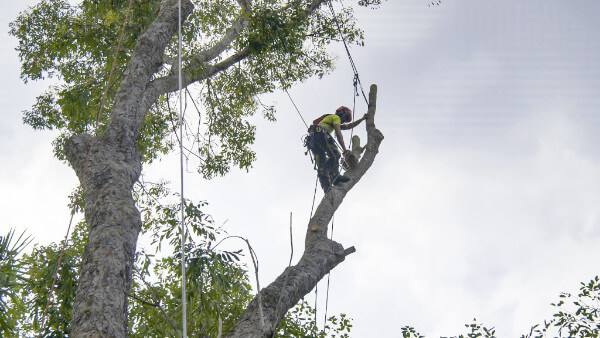Imagine staying outside all of the time, even during winter. Exposed to severe weather, you’d face many problems. Even though trees live and grow outside, that doesn’t mean that the challenges of winter aren’t stressful for them too! Low temperatures, heavy snow, ice storms and other extremes cause a variety of winter injuries on landscape plants. It’s important to know what type of problems to look for during winter.
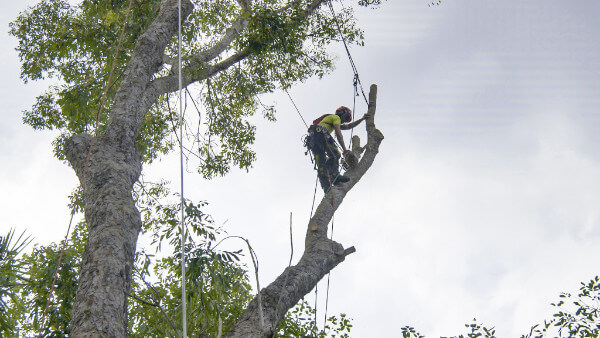
Low Temperature Injuries
Root damage can happen during prolonged cold spells, especially on shallow-rooted plants, container plantings and non-native plants. When roots die during this weather, the symptoms won’t appear until late winter or spring. At that point, foliage turns brown, buds die and the entire crown may wilt and die suddenly.
Low temperatures can also kill above-ground portions of plants. Again, non-native plants are most susceptible.
Winter Drying
Winter drying generally affects evergreens, particularly mountain laurel, rhododendron, azalea and holly. Plants continue to transpire water during winter. When the soil is frozen, that water cannot be replaced and the foliage dries out. As with injury from low temperatures, in late winter or spring, foliage will turn brown and buds will die.
Stem Splitting or “Frost Cracks”
Frost cracks generally occur on young, thin-barked trees like maple, sycamore or linden. The sudden drop in temperature from sunny, daytime highs to the very lows of nighttime causes stem tissues to shrink and wood to crack.
In severe instances, cracks can extend well into the heartwood, but usually, it is restricted to the outer few inches of wood. Frost cracks can be an entry point for decay on certain species.
Breakage from Snow and Ice Accumulation
The added weight of ice and snow can break branches. Heavy or long limbs, branches showing signs of decay, or those with a weak branch attachment are more vulnerable. This can also be an issue for evergreens, which have a large surface area to “hold” snow.
Deicing Salt Injuries
The salt (sodium chloride) commonly used as a deicing agent can splash onto plants or seep into soil. Salt spray dries out foliage and buds. In the soil, high levels of salt dries out, and can kill, plant roots.
Damage from Animals
Some animal activity during winter is harmful to trees and shrubs. Deer are one example. As other food sources become unavailable, deer turn to twigs and buds for sustenance. Further, deer injure trees by scraping their antlers against the trunk. This is called “buck rub.”
Small rodents and rabbits can also be problematic. These animals eat bark tissue around the lower stem and root collar during winter. This can result in tree death when feeding leads to girdling, where the bark is completely stripped from the tree.
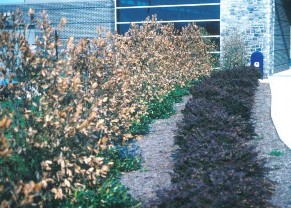
Deicing salts can kill plant roots and dry out foliage.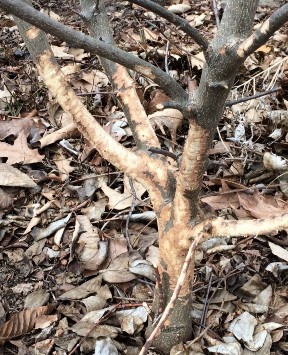
Small rodents and rabbits feed on bark when other food sources are sparse.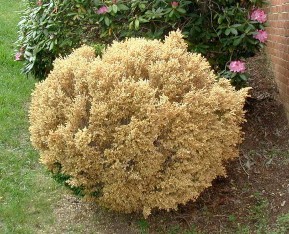
Low temperatures can damage roots or the above-ground portion of plants.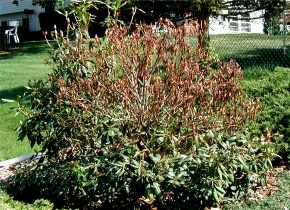
Browning foliage resulting from winter drying.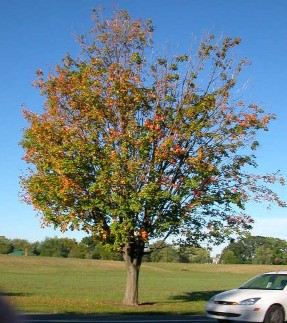
Breakage from winter weather is readily apparent once the leaves have returned.
The post Watch Out for Winter Tree & Shrub Problems first appeared on Tree Topics.
Did you miss our previous article…
https://www.treeservicebakersfield.co/?p=289
